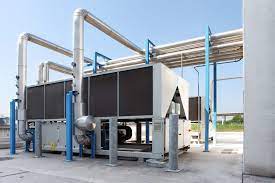


An air handling unit, also known as an AHU, is made up of components mounted in sizable, easily accessible box-shaped units called modules. These modules contain the necessary ventilation components for cleaning, cooling, or replenishing the indoor air in a structure or location.
It has a very basic internal structure. The central air conditioning system’s beating heart is the air handling unit (AHU). It gathers outside air and indoor air, filters the air to remove dust and other debris, modifies the temperature and humidity, and then pumps cool, comfortable air into the rooms through ducts.
INSTALLATIONOF AHU
They are typically mounted on the roof of buildings, and air is circulated to all of the building’s rooms by ducts. This enormous “indoor unit” is mounted on a building’s roof or along an outside wall. In order to cool or heat the rooms, it creates chilly or warm air. Air handling systems, in contrast to standard commercial air conditioners, are typically constructed by request for specific buildings. In addition, air handling units can be modified by mounting a humidifier, filter, and additional controls for temperature, humidity, air flow, and air quality within.
Function of AHU
The AHU manages additional tasks besides ensuring that the inside is properly ventilated with outside air. The indoor air will be filtered and controlled for quality, and depending on how long the air purification filters are retained, the air will be clean. In order to get the appropriate thermal sensation inside, the air temperature is controlled to regulate the air conditioning system in cold or hot conditions. Monitoring relative humidity to improve interior comfort.
Components of AHU
Air handling devices pull outside air, clean it, and distribute it throughout the rooms. They can also pull indoor air that has been “recycled.” Then the filter used will have a higher or lesser retention of particles, viruses, bacteria, odors, and other air contaminants based on the requirements for air purity. This electromechanical mechanism of fan drives the air out of the AHU and into the ducts, where it is distributed throughout the rooms. Heat exchanger is the devices that move heat across a solid barrier between two fluids, in this case coolant and air. Cooling coil is the module that cools the air that passes through it. Water droplets may be produced during this process, and the integrated droplet separator allows them to be collected in a condensate tray. Silencer is the coatings that significantly lower the installation’s noise level. Plenums is a void areas where the air flow is uniformed.
AHU Energy Efficiency
Energy efficiency is the primary goal of an air handling unit, and the European Eco-design Regulation 1235/2014 has made it required since 2016. Because the exchanger mixes interior and outside air so that there is less of a temperature disparity when the air reaches the coil, the AHU uses less energy when it has heat recovery units. This is because the climatic contribution is also smaller and the amount of energy used is also lower. The fans can operate in accordance with the requirements for flow rate thanks to the equipment’s variable regulation, which lowers its consumption.






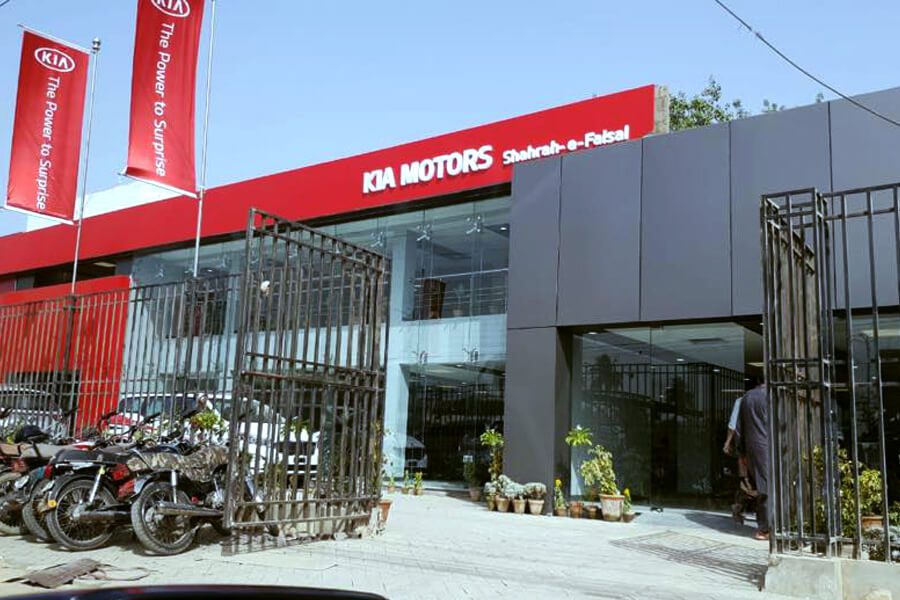




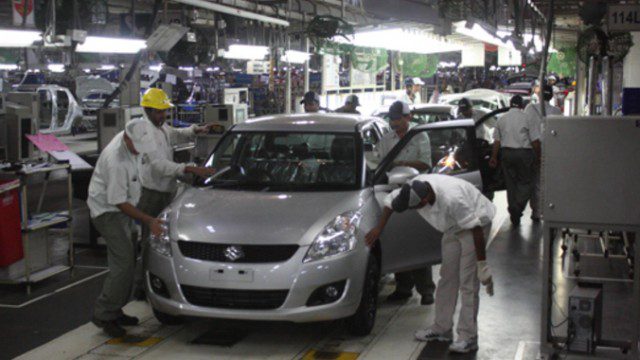

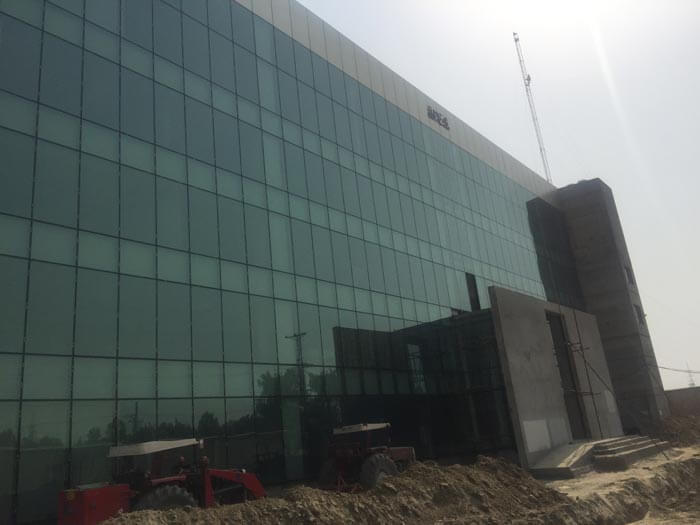




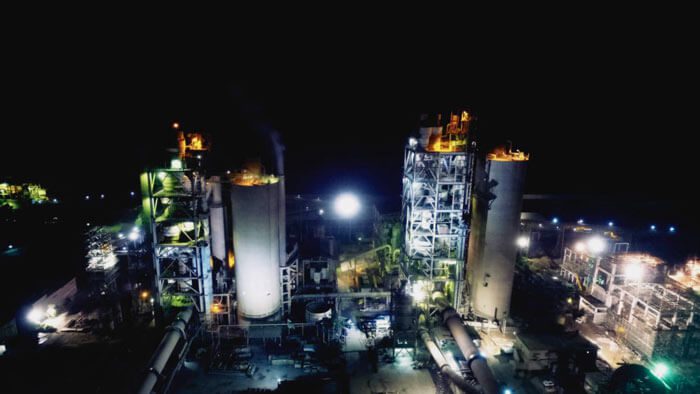






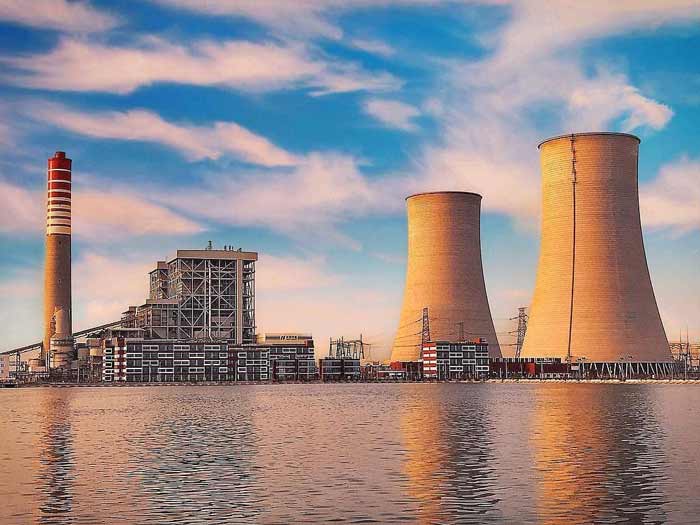
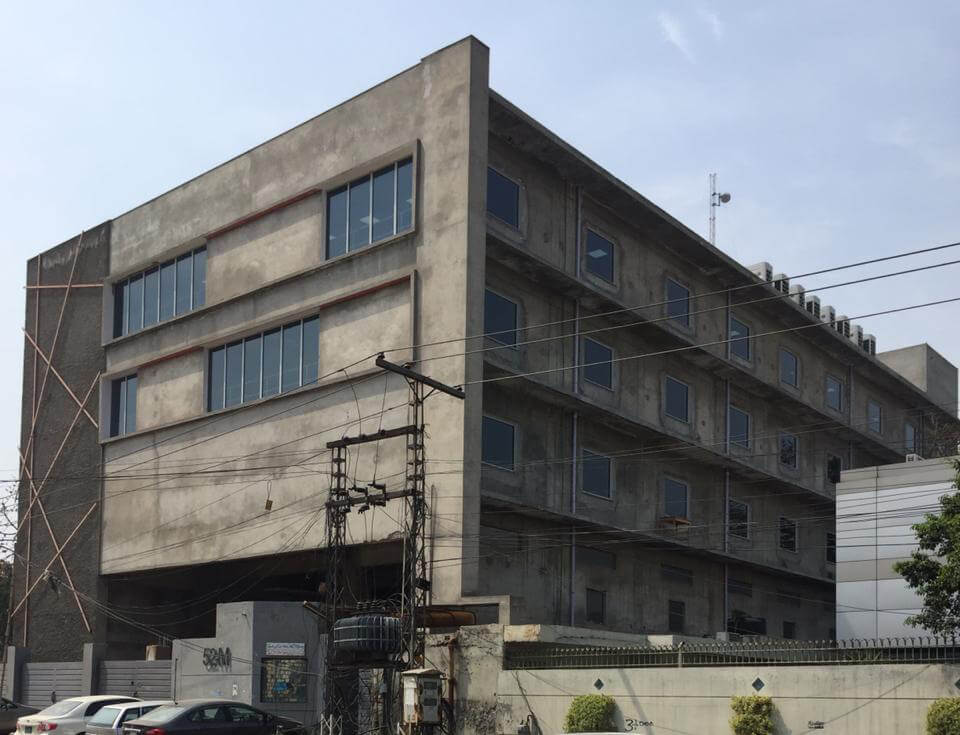
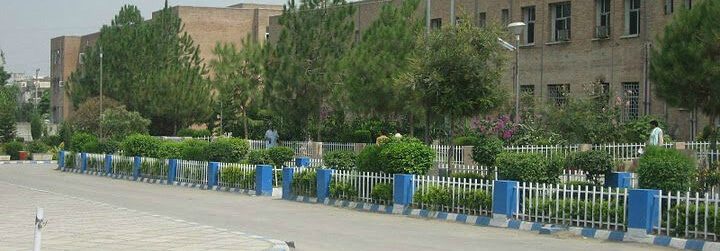

No Comments